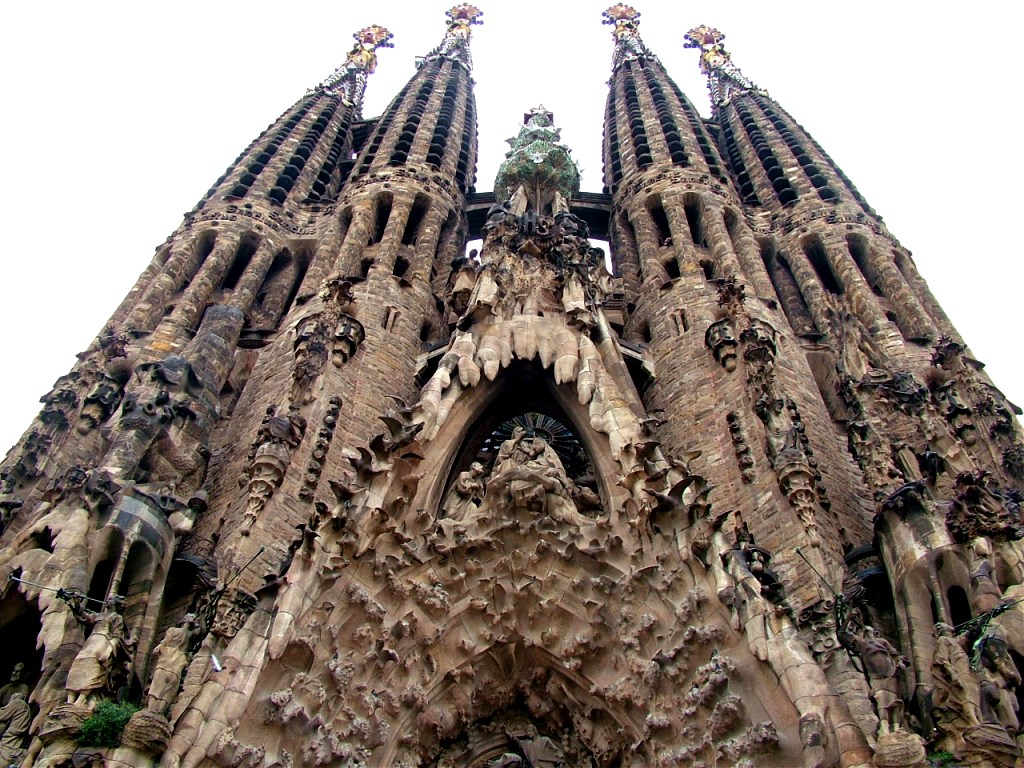The Foundation – Sagrada Família
The Fundació
The Junta Constructora del Temple Expiatori de la Sagrada Família is a private, non-profit, autonomous pious foundation. Its purpose is to build, preserve and restore the Expiatory Temple of the Sagrada Família, founded by Josep Maria Bocabella and designed by Antoni Gaudí, on the plot of land delimited by Mallorca, Marina, Provença and Sardenya streets.
The Sagrada Família, as an expiatory temple, has always been funded through the donations and contributions of thousands of anonymous individuals over the years.
The Junta Constructora del Temple Expiatori de la Sagrada Família is a private, non-profit, autonomous pious foundation. Its purpose is to build, preserve and restore the Expiatory Temple of the Sagrada Família, founded by Josep Maria Bocabella and designed by Antoni Gaudí, on the plot of land delimited by Mallorca, Marina, Provença and Sardenya streets.
The Sagrada Família, as an expiatory temple, has always been funded through the donations and contributions of thousands of anonymous individuals over the years.
espacio
espacio
espacio
The Foundation
The Foundation
The Foundation
espacio
espacio
espacio
Linea
Linea
Linea
Texto fundación
The Junta Constructora del Temple Expiatori de la Sagrada Família is a private, non-profit, autonomous pious foundation. Its purpose is to build, preserve and restore the Expiatory Temple of the Sagrada Família, founded by Josep Maria Bocabella and designed by Antoni Gaudí, on the plot of land delimited by Mallorca, Marina, Provença and Sardenya streets.
The Sagrada Família, as an expiatory temple, has always been funded through the donations and contributions of thousands of anonymous individuals over the years.
The Junta Constructora del Temple Expiatori de la Sagrada Família is a private, non-profit, autonomous pious foundation. Its purpose is to build, preserve and restore the Expiatory Temple of the Sagrada Família, founded by Josep Maria Bocabella and designed by Antoni Gaudí, on the plot of land delimited by Mallorca, Marina, Provença and Sardenya streets.
The Sagrada Família, as an expiatory temple, has always been funded through the donations and contributions of thousands of anonymous individuals over the years.
espacio
espacio
espacio
Members
Members
Members
espacio
espacio
espacio
Linea
Linea
Linea
espacio
espacio
espacio
Fundació Membres
Emm. i Rvdm. Sr. Cardenal
Joan Josep Omella Omella
Metropolitan Archbishop of Barcelona
Ex-officio President
Sr. Esteve Camps Sala
Executive Chairperson
Sra. Mariona Carulla Font
Vice-president
Sr. Pere Alegrí Guitart
Treasurer
Sr. Jaume Solé Janer
Secretary
Mons. Sergi Gordo Rodríguez
Member
Sra. Rosa Mª Alsina Pagès
Member
Sr. Guillem López Casasnovas
Member
Sr. Joan Trias de Bes Mingot
Member
Sra. Núria Vendrell Ventayol
Member
espacio
espacio
espacio
Simple English Wikipedia, the free encyclopedia
This article is about the city in Spain.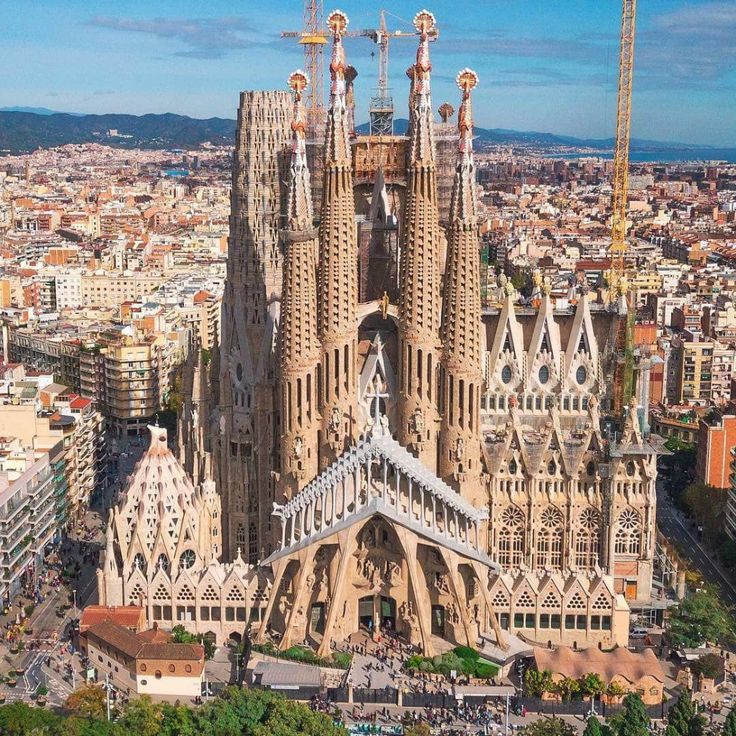
Barcelona is the capital city of Catalonia, which is a region of Spain. Barcelona is the largest city on the Mediterranean coast. The city is between the rivers of Llobregat and Besòs, and south of the Pyrenees mountains. It has a humid subtropical climate (Cfa in the Köppen climate classification). Most rain falls in autumn and spring, and the least rain falls in winter and summer. The average rainfall is relatively low, due to the rain shadow from the mountains.
In 1992, Barcelona hosted the Summer Olympic Games. Many new parks were opened and other significant changes to the city were made. One example is opening the new beaches in the Poble Nou area.
In 2007, about 1.6 million people lived in Barcelona. Around 3.1 million people live in the Metropolitan Area and 4.9 million people live in the Urban Region. Barcelona is the second most populated city in Spain, and the tenth in the European Union.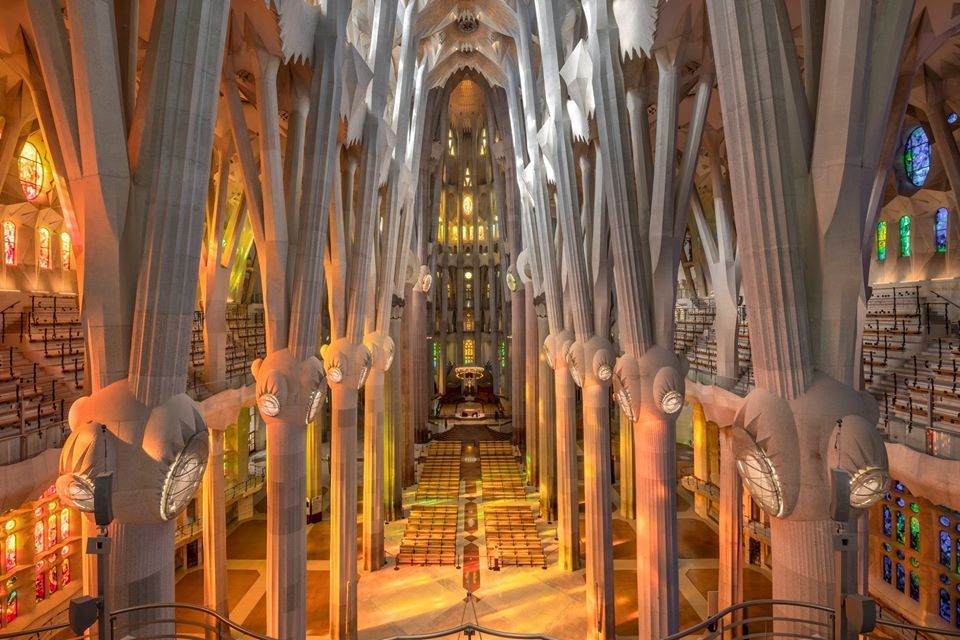
Barcelona is home to football team F.C. Barcelona.
The origin of Barcelona is unclear. The ruins of an early settlement have been found dating to earlier than 5000 BC.[6]
City Barcino
During the Roman Empire, Barcelona was a colony of the Western Roman Empire called Barcino (full name was Colonia Faventia Julia Augusta Pia Barcino). A clear example of the Roman heritage in Barcelona is the preserved Barri Gòtic (Gothic Quarter) in the center of city.
In the Middle Age (5th century), Barcelona was conquered by the Visigoths. King Athaulf moved his capital here for a short time. In 511, a battle between the Ostrogoths and Visigoths took place near the city in which the Ostrogoths won.
In 8 century, Barcelona was conquered by the Moors.
Until the 15th century, Barcelona was the leading slave trade centre. [7] Barcelona was a centre of Catalan separatism for a long time.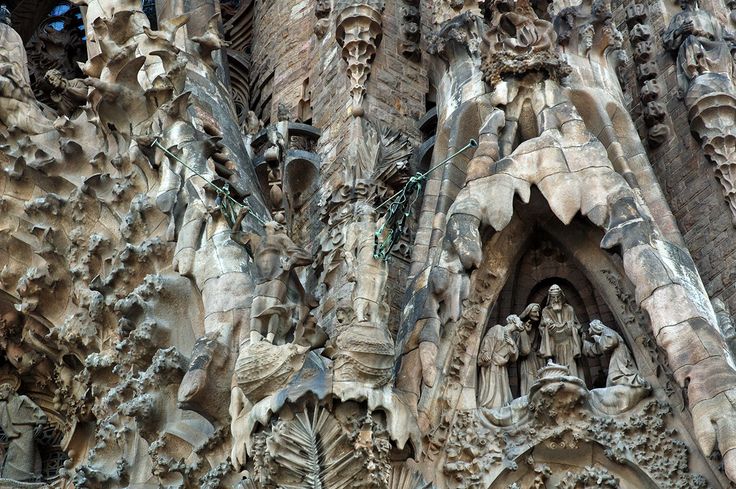
During the Spanish Civil War, Barcelona was Republican city.
Barcelona’s culture roots go back 2000 years.
The city is very religious, so there are many cathedrals in it. The most famous of them is Sagrada Familia. Barcelona Cathedral is also popular among the tourists.
Barcelona has a large number of theaters such as Palau de la Música Catalana, Liceu etc. Barcelona has an symphony orchestra.
There are also many museums. For example, Museu Nacional d’Art, Museu Picasso, Museu Marítim, Museu d Història de la Ciutat Barcelona, Museu d’Art Contemporani de Barcelona and Museu de la Xocolata.
The street called La Rambla is a place for street performances such as mime performances. The Sonar Festival and Primavera Sound Festival are two major pop music festivals that take place yearly there.
Barcelona has one of Europe’s largest aquariums – Aquarium Barcelona.
El Periódico de Catalunya, La Vanguardia and Ara are three major newspapers of Barcelona.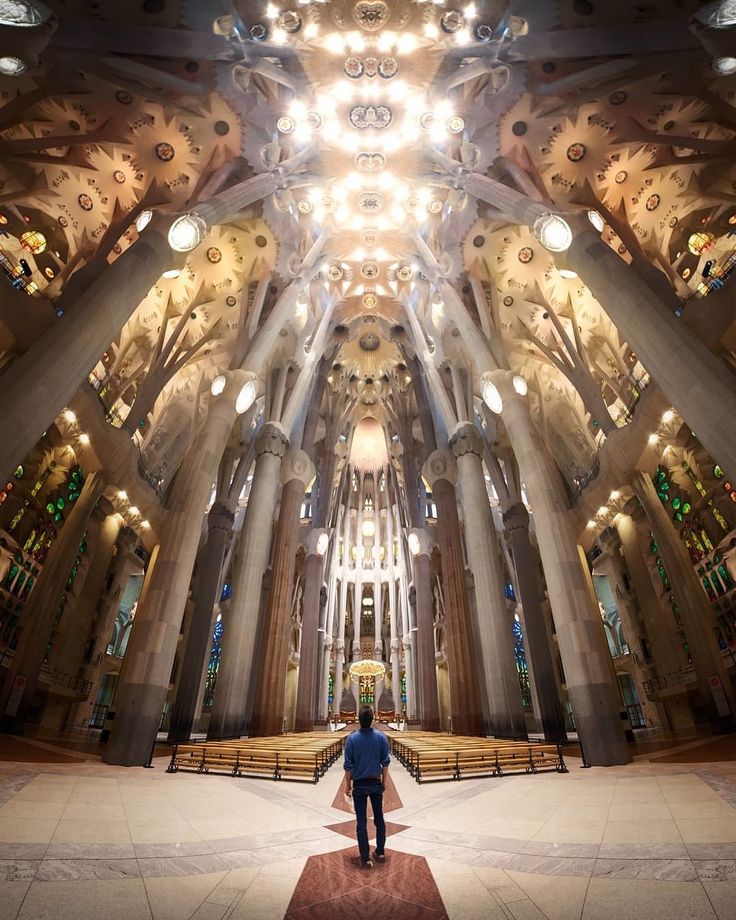
Many popular films were also shot in Barcelona. The examples are Todo sobre mi madre (1999) by Pedro Almodóvar, REC (2007), Salvador (2006), Vicky Christina Barcelona (2008), Biutiful (2010), Tres metros sobre el cielo. Tengo ganas de ti (2012).
Barcelona was for a long time an industrial city. Currently, factories have been moved to the periphery, a fact that has allowed us to transform the former industrial neighbourhoods in the residential areas, from research to products with high added value and services. The most representative industrial sectors of Barcelona are the textile industry, chemical, pharmaceutical, automotive, electronics, medical Industry and printing. Services Barcelona stands out for its logistics activities, publishing and computer.
Barcelona has a port, metro, airport, modern passengers trains by Renfe company and tram systems called Trambaix and Trambesos.
Barcelona is one of the main railway hubs in Spain. The main railway station is Sants Estació.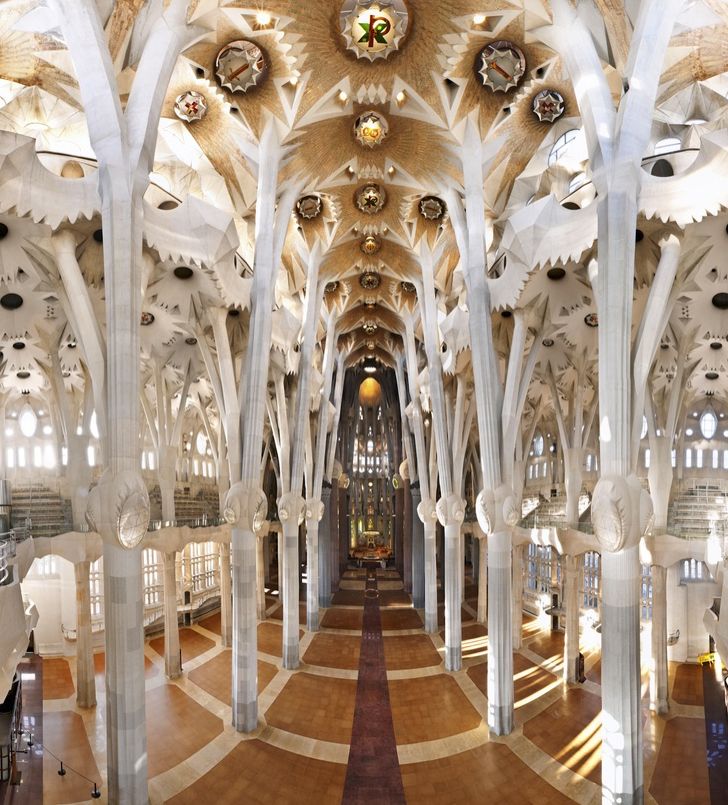
Barcelona has also a metered taxi fleet.
Barcelona is a very sports city. It hosted the highly successful 1992 Summer Olympics.
FC Barcelona is a sport club, one of the largest and the second richest in the world.
Barcelona is one of the most important tourist destinations in Europe, with millions of people visiting every year. The city is famous for its 19th century modernist architecture. The best known of those buildings was designed by Antoni Gaudi. It is the unfinished church Sagrada Familia,[8] which is the symbol of Barcelona.
It is known for its tapas food, a meze. Among the dishes, the also popular are paella, gazpacho, jamon, crema catalana and sangria.
The popular stores for shopping are Zara, Massimo Dutti, Bimba y Lola, Adolfo Dominguez.
- 1987 – Hipercor bombing
- 1992 – 1992 Summer Olympics
- 2004 – Universal Forum of Cultures
- 2017 – 2017 Barcelona attack
Barcelona has a very good higher education.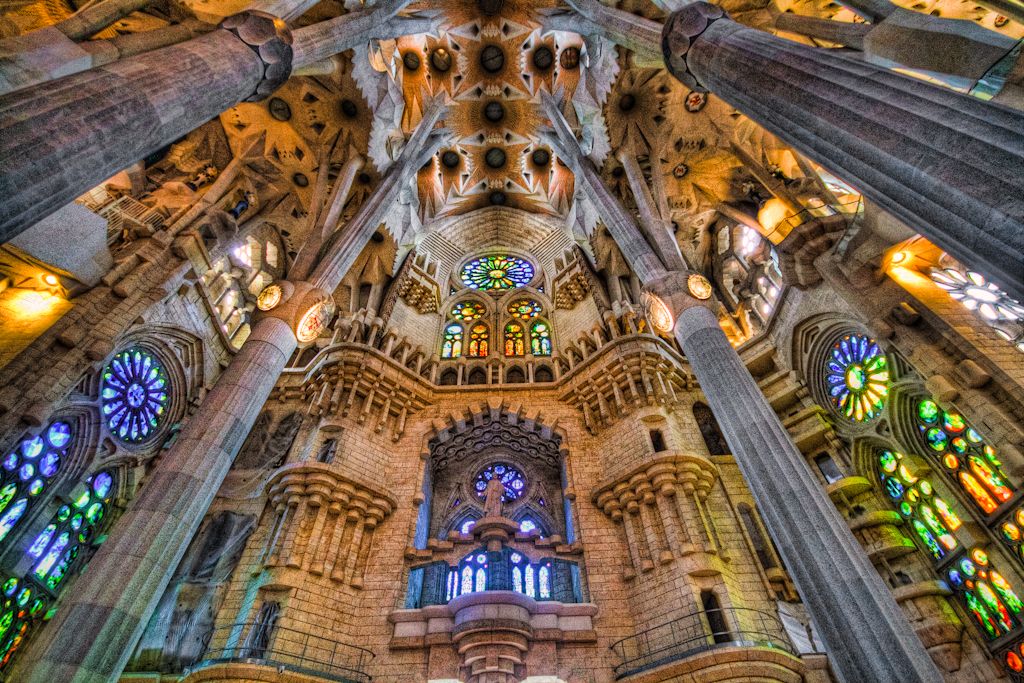
- Toulouse Business School
The main language of Barcelona is considered Catalan. Spanish is the second popular language.
(write about the problems of language)
Barcelona has sister relationships with many places worldwide:
- Glasgow, Scotland
- Antwerp, Belgium
- Boston, Massachusetts, USA
- Busan, South Korea
- Monzón, Spain
- Cologne, Germany
- Dublin, Ireland
- Gaza, Palestinian territories
- Gdańsk, Poland
- Istanbul, Turkey
- Kobe, Japan
- Montevideo, Uruguay
- Montpellier, France
- Perpignan, France
- Rio de Janeiro, Brazil
- São Paulo, Brazil
- Sarajevo, Bosnia-Herzegovina
- Tel Aviv, Israel
-
Barcelona Cathedral
-
La Rambla
-
Sagrada Familia
-
Casa Milà
- Barcelona Metro
- Catalonia
- ↑ “Ajuntament de Barcelona”.
Generalitat of Catalonia. Archived from the original on 4 January 2017. Retrieved 13 November 2015.
- ↑ “El municipi en xifres: Barcelona”. Statistical Institute of Catalonia. Archived from the original on 24 November 2015. Retrieved 23 November 2015.
- ↑ Demographia: World Urban Areas Archived 3 May 2018 at the Wayback Machine – Demographia, April 2018
- ↑ Municipal Register of Spain 2018. National Statistics Institute.
- ↑ Trias aprueba definitivamente el presupuesto de Barcelona para 2014 Archived 14 December 2014 at the Wayback Machine, La Vanguardia.
- ↑ Servei d’Arqueologia of Institut de Cultura de Barcelona. “Caserna de Sant Pau del Camp”. CartaArqueologica (in Spanish). Ajuntament de Barcelona. p. Description and Historical Notes.
- ↑ Arévalo, Raúl González (2019). “La esclavitud en la España Medieval. (siglos XIV-XV). Generalidades y rasgos diferenciales”. Millars. Espai i Història (in Spanish) (47): 11–37.
doi:10.6035/Millars.2019.47.2. ISSN 1132-9823. S2CID 213459824.
- ↑ “Places to Visit in Barcelona”. ArrestedWorld. 10 November 2019. Retrieved 31 October 2020.
{{cite web}}: CS1 maint: url-status (link)
- Official website of Barcelona
- Barcelona.com The Guide to Barcelona
- Tourist guide to Barcelona
- Hotel Arts, Barcelona best honeymoon hotel in the world
Basilica Sagrada Familia in Barcelona
Basilica Sagrada Familia in Barcelona (La Sagrada Familia) (photo)
This cathedral is a project of the famous Spanish architect Antonio Gaudi, which has been under construction for almost 130 years.
Construction of the Sagrada Familia began in 1882, under the direction of another architect, Vilar. But then his work was continued by Antonio Gaudi, who radically changed the project.
Until now, the construction of the temple continues, as it is carried out exclusively on private donations.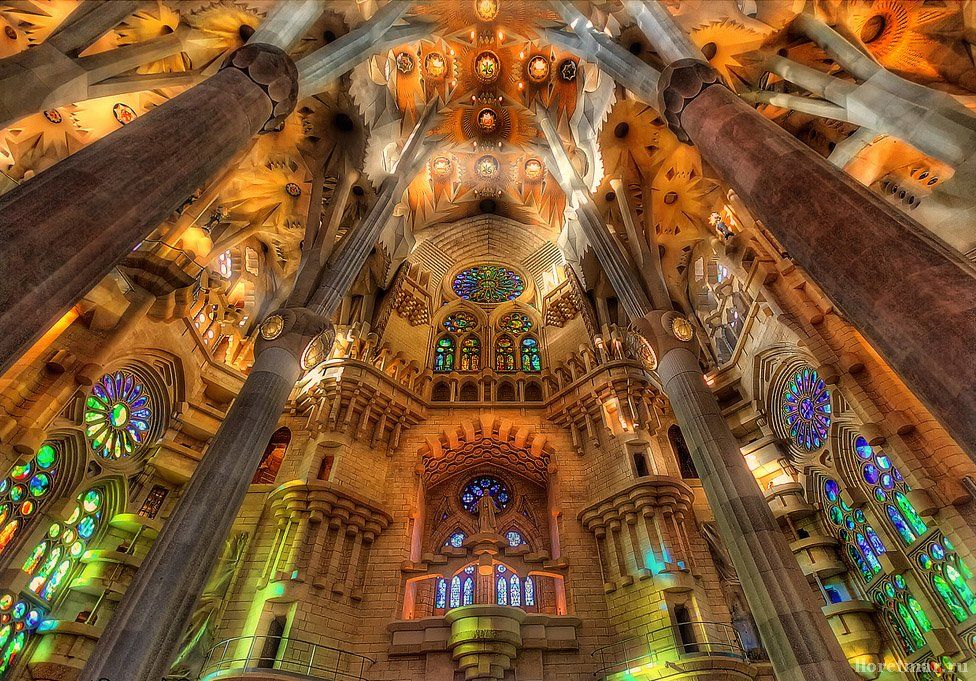
The Sagrada Familia is active, after the consecration by Pope Benedict XVI in 2010, church services are held in it.
There is a museum in the temple, the exhibits of which show the history of the construction of the cathedral and the work of Gaudí.
Today the basilica is the hallmark of Barcelona.
Basilica Sagrada Familia in Barcelona (La Sagrada Familia) (photo)
Website: http://www.sagradafamilia.cat
Unfortunately, there is no Russian version, but there is one in English. Here you can find up-to-date information on ticket prices, as well as order tickets online: http://visit.sagradafamilia.cat/?lang=en#tickets
http://www.sagradafamilia.org/en/tickets/
Another site where you can buy a ticket to the cathedral online: http://www.sputnik8.com/ru/barcelona/activities/2577-ekskursiya-v- sagrada-familiya-bilet-vklyuchen?utm_campaign=&utm_medium=affiliate&utm_source=affiliate_397
You can take a virtual sightseeing tour of the Sagrada Familia: www.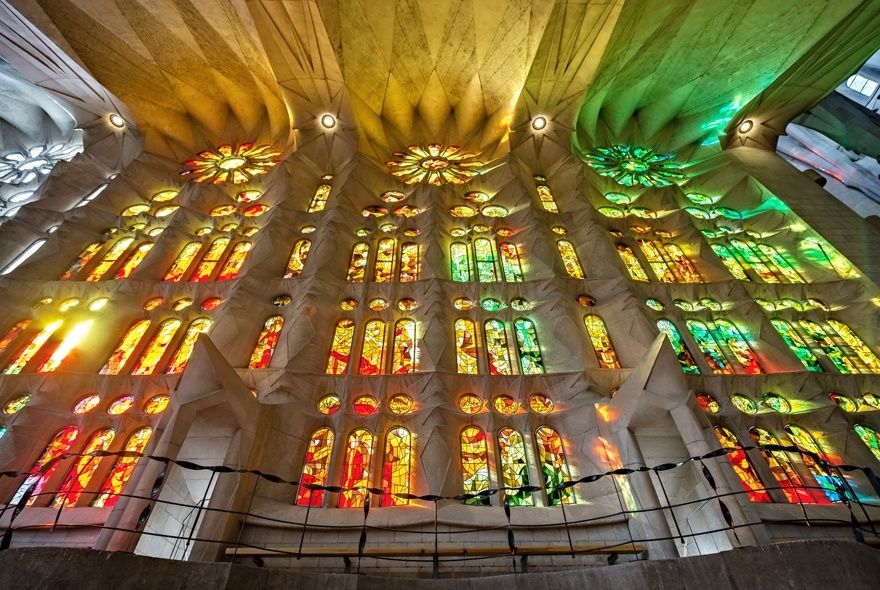
Opening hours: Open from October to March from 9:00 to 18:00, in summer (April to September) until 20:00.
Several days a year on a reduced schedule: from 9:00 to 14:00 – December 25 and 26, January 1 and 6.
Ticket price: about 15 euros (€), more than 19 euros (€) with a guide or audio guide, about 24 euros (€) – additionally with a visit to the tower.
Tickets stop selling 15 minutes before closing time.
Address: Mallorca (C / Mallorca), 401.
08013 Barcelona (Barcelona),
Costa Daurada,
Catalonia (Catalunya), Spain (Espanya)
Coordinates: 41°24’13.0″N 2°10’27.8″E
41.403614, 2.174399
How to get there: by metro lines L2 (lilac), L5 (blue) to the Sagrada Familia station,
by buses No. 19, 33, 34, 43, 44, 50 and 51. B20, B24.
webcam
Video of the Sagrada Familia Basilica
Map of the Basilica of the Sagrada Familia
Panorama of the Basilica Sagrada Familia in Barcelona
-
Temples, churches, religious buildings
-
Architecture, architectural monuments
-
Interesting places
-
Barcelona Center for Contemporary Culture
-
Barcelona History Museum
10 interesting facts about the Sagrada Familia in Barcelona
One of the most interesting and beautiful sights in Barcelona, Spain is the basilica, the Sagrada Familia.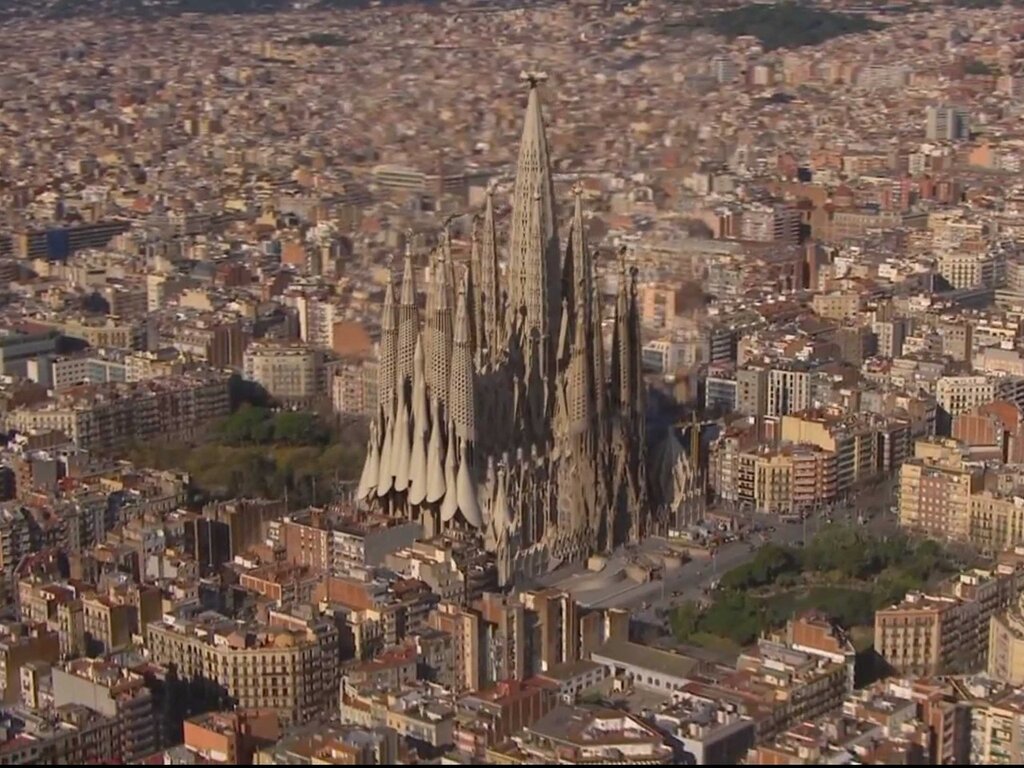
Here are ten interesting facts about this beautiful and ongoing basilica:
1. Full name: Basilica Temple of the Expiatori de la Sagrada Familia. When construction had just begun, it was originally planned as a simple Roman Catholic church in Barcelona, in the district of Catalonia. It then became a cathedral and a few years ago, Pope Benedict XVI dedicated it as a basilica, that is, a place for popes.
2. The Basilica was the original inspiration of the Catalan bookseller, Josep Maria Bocabella.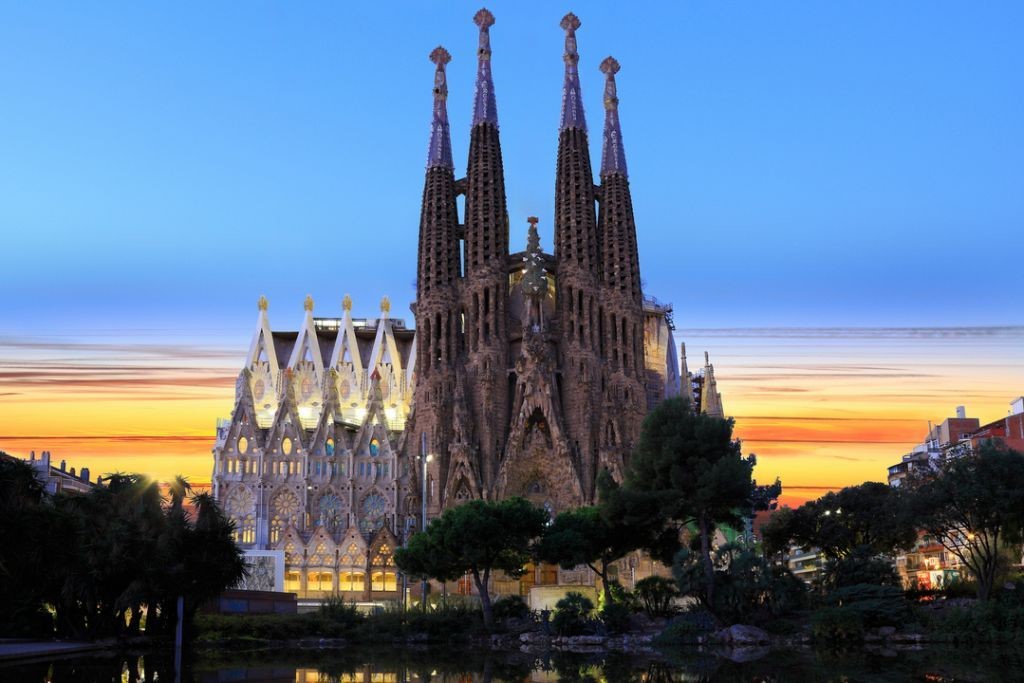
3. The real designer of the basilica is Antoni Gaudí, one of the most famous contemporary architects in Spain. When he took over the construction in 1883, he radically changed the design of the basilica. Gaudí’s design is a combination of Gothic and Art Nouveau curvilinear forms. Gaudí died in 1926 at the age of seventy-six and only less than a quarter of the basilica was completed at that time. It is planned to finally complete the construction by 2026, the centenary of Gaudí’s death. The basilica is now described as “the most extraordinary personal interpretation of Gothic architecture since the Middle Ages.”
4. Since the death of Gaudí, there have been many architects who have continued to build, the most famous of them from 1940 are Francesca Quintana, Isidre Puig Boada, Luis Bonet i Gari and Francesca Cardoner.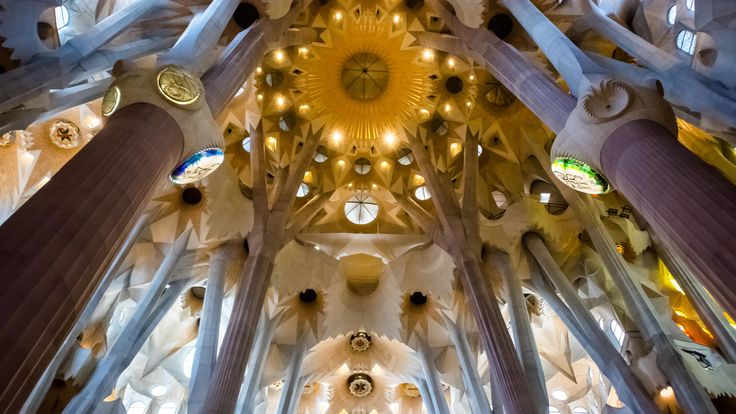
5. The sculptures both inside and outside are the works of J Busquets, Etsuro Sotoo and Josep Subirachs, and they also adorned the facades of the basilica.
6. The central nave inside was completed in 2000. The main internal plan is that five passages emanate from the Latin cross. The transept itself has three naves.
7. A computer-aided design system is currently being used to speed up the construction of the basilica.
8. Today, the style of the building, originally designed by Gaudí, is Spanish Late Gothic, Catalan Art Nouveau and Art Nouveau.
9. The original design of the basilica is its eighteen spiers. Each spire will be represented in descending order of height by the twelve apostles, the four evangelists, the Virgin Mary and Jesus Christ. By 2010, eight spiers had been built until recently. Four apostles on the facade of the Nativity and four apostles on the facade of the Passion.
10.

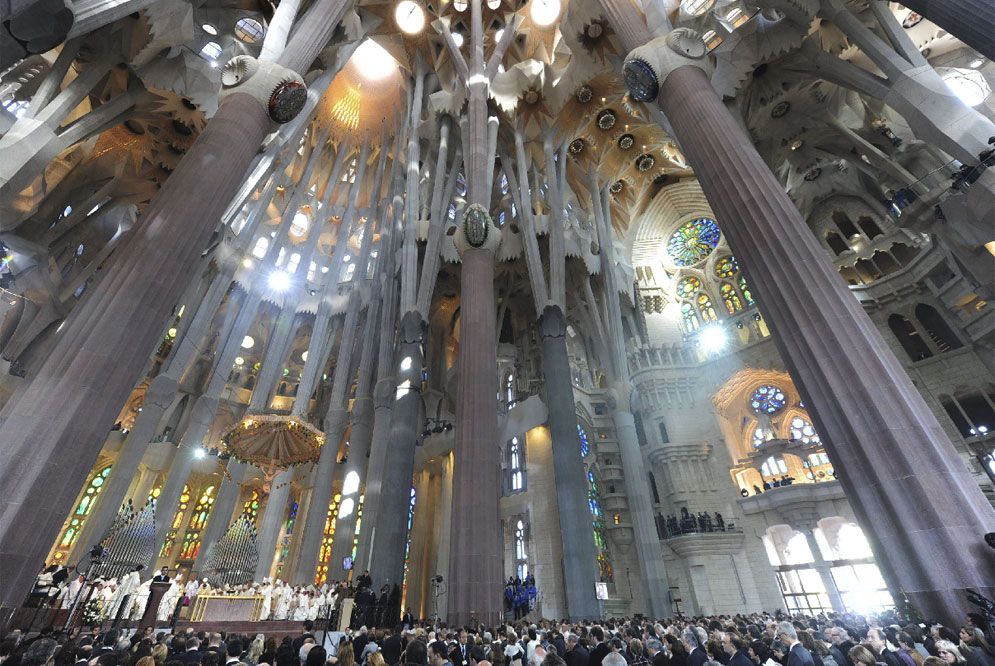 Generalitat of Catalonia. Archived from the original on 4 January 2017. Retrieved 13 November 2015.
Generalitat of Catalonia. Archived from the original on 4 January 2017. Retrieved 13 November 2015.
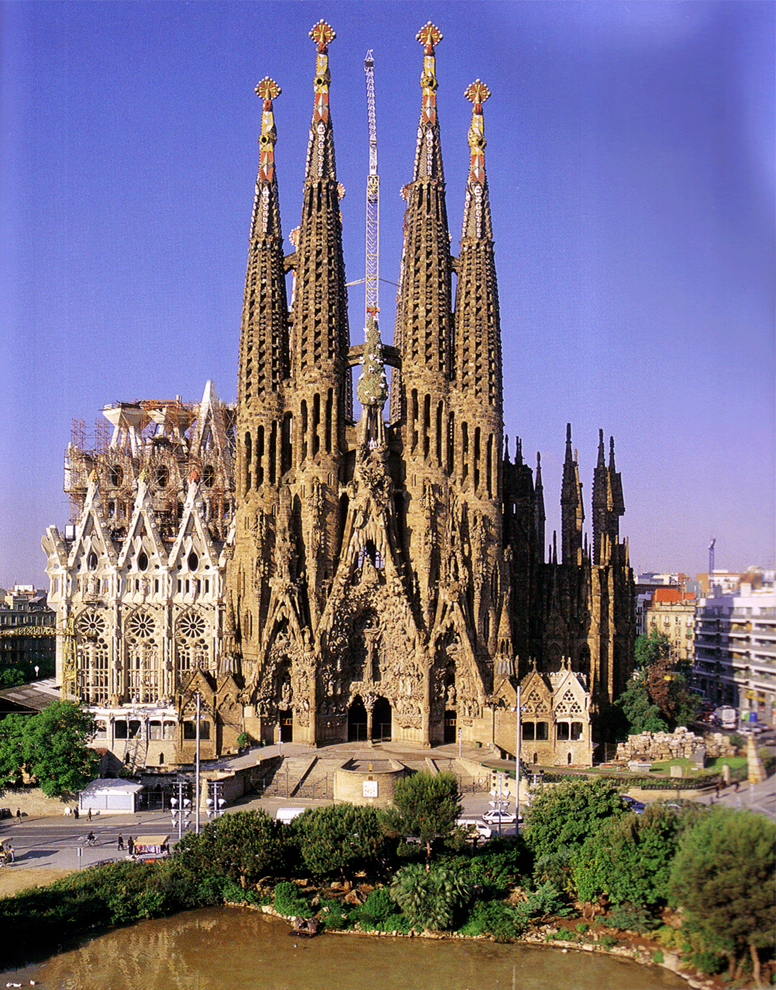 doi:10.6035/Millars.2019.47.2. ISSN 1132-9823. S2CID 213459824.
doi:10.6035/Millars.2019.47.2. ISSN 1132-9823. S2CID 213459824.
